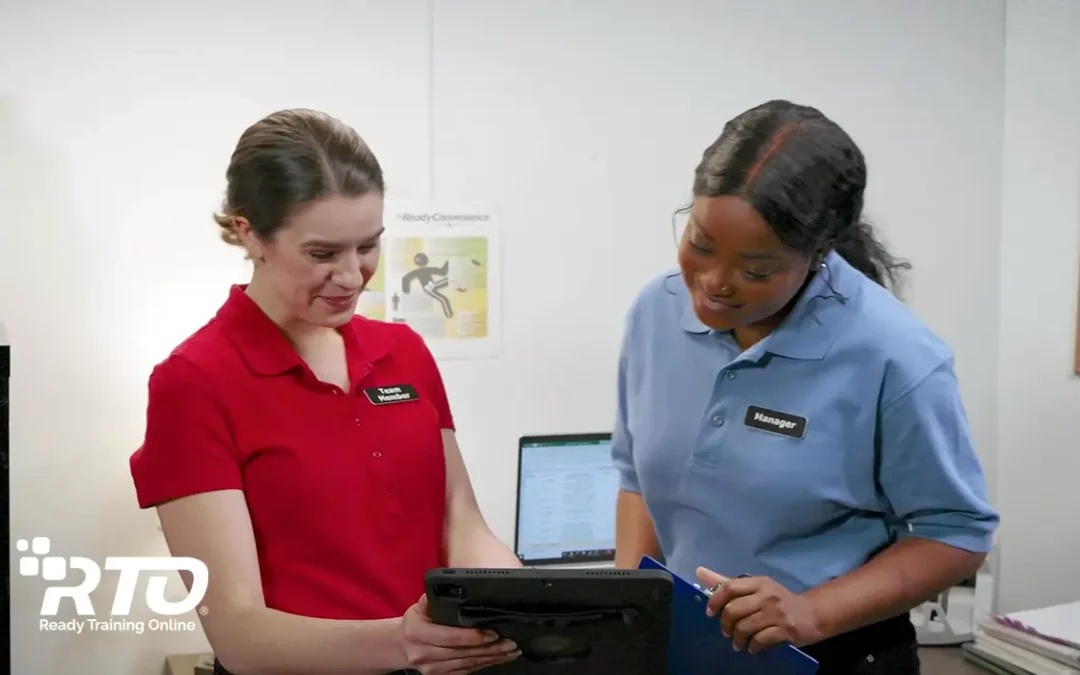Any successful training program is multi-faceted. In addition to your formal training program, short in-person training sessions with your team are critical to your team’s overall success. Whether you are following up on an online PCI compliance course, training on a new promotion, or giving a quick safety refresher course, having the team together gives you an opportunity to train, coach, and inform. From brief pre-shift meetings to longer in-depth training sessions, your primary role as the facilitator is to define objectives and present material in a way that ensures those objectives are met. How you do that — how you engage your trainees — determines whether your objectives find their way to the sales floor or stay in the meeting room.
Use these facilitation tips to improve the success of your training sessions:
Listen-Read-Practice
Recognize that different people learn in different ways. If you’re presenting complicated material such as compliance procedures, be sure you offer it in a variety of ways. Describe the new procedures for those staff members who learn through listening, and hand out a job aid with all the necessary information for those who learn best by seeing the information written down. Give everyone a chance to practice the new skills through role-playing.
Parking Lot
To resist tangents, use your iPad or a back-to-basics flip chart to create a meeting “parking lot.” This allows important off-topic discussions to be tabled, but not forgotten. Be careful not to treat the parking lot as simply a formality. End the meeting with a review of the to-dos and parking lot items.
Get Active
The best way to keep your team focused on any type of training is to make it as fun – and useful – as possible. Use your imagination to find creative ways to get people involved in the training. When some kind of physical activity is involved, trainees are less likely to tune out completely. Try the “Don’t Dodge the Ball” idea to get everyone involved in discussions. Throw a beach ball in the air and whoever catches it must reiterate a point from the training you just covered, answer a question, or participate in a role-play. This keeps people interested, engaged, and active.





